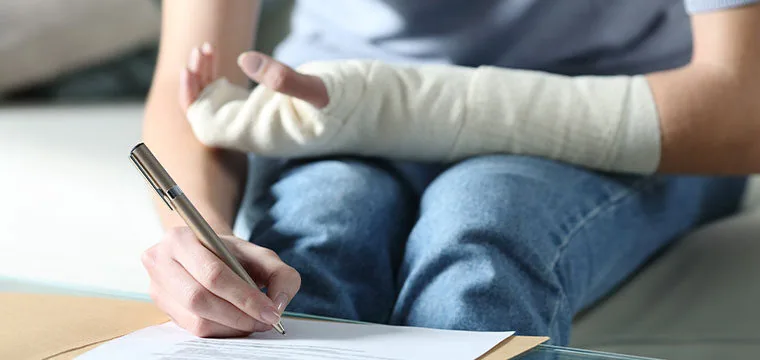If you’ve been injured in a car accident, slip and fall, workplace incident, or by a defective product in New York, it’s completely normal to feel overwhelmed. You may be facing medical bills, time off work, and uncertainty about your rights. That’s where working with an experienced personal injury attorney comes in.
At our firm, we help accident victims every day—and we want you to understand exactly what the legal process looks like. Below, we break down the 10 essential stages of a personal injury claim in New York, from the first consultation to resolving your case.
Step 1: Investigation
Once you contact our office and we agree to represent you, we begin with the investigation stage. This involves:
- Reviewing how the accident happened
- Determining who was at fault
- Gathering evidence like police reports, witness statements, and photos
- Collecting your medical records and understanding your injuries and treatment plan
This early stage is critical. It allows us to build a strong foundation for your case before any lawsuit is filed.
Step 2: Demand and Negotiation
After the investigation, we move into the demand stage. This is when we:
- Prepare a written demand to the insurance company of the person or company responsible
- Outline why they’re at fault and describe your injuries and losses (damages)
- Ask for a specific amount of money to settle your case
This step often takes place once you’ve completed medical treatment or we have a solid understanding of your future medical needs. If we’re successful, your case may settle without ever going to court—privately and confidentially, which is important for many clients.
Step 3: Filing a Lawsuit
If we can’t resolve the case through negotiation, we enter litigation. This involves:
- Preparing a formal legal document called a complaint
- Filing it with the appropriate New York court (usually in the county where the accident occurred)
- Serving the complaint to the defendant (person or business you’re suing)
Once filed, the case becomes a matter of public record. The defendant usually forwards it to their insurance company, who then assigns a lawyer to defend them.
Step 4: Discovery – Information Exchange
After the defendant responds to your complaint (usually with a denial), both sides begin discovery. This is a formal exchange of information and evidence.
We’ll request:
- Photos, reports, or records the defendant has
- Insurance information
- Details about how the incident happened
They’ll ask for:
- More specific information about your injuries
- Your medical records (possibly including past records)
- Witness information
In New York, courts usually allow broad discovery, so don’t be surprised if the defense asks for documents from before your accident.
Step 5: Depositions
This is one of the most important stages. Depositions are formal interviews, under oath, where each side asks questions to learn more about the case.
You will likely be required to give a deposition about:
- How the accident happened
- Your injuries
- How your life has changed as a result
We prepare our clients thoroughly so they feel confident and ready.
Step 6: Late Discovery
After depositions, we enter late discovery, where both sides:
- Follow up on new information revealed in depositions
- Request any remaining documents
- Arrange for the defense to have you examined by their own doctor (this is common)
This is also when many cases start to move toward settlement through negotiations, especially if the facts are clear.
Step 7: Pre-Trial Preparation
If the case hasn’t settled, we prepare for trial. This includes:
- Lining up witnesses
- Preparing expert testimony (especially from doctors)
- Strategizing how to present your case to a jury
Even if trial is unlikely, we always prepare as if it will happen—it helps strengthen your case and increases your chances of a favorable outcome.
Step 8: Trial
If necessary, we proceed to trial. This involves:
- Presenting your case in front of a jury
- Calling witnesses and presenting evidence
- Letting the jury decide who was at fault and how much money, if any, should be awarded
Trials in New York typically last from a few days to two weeks.
Step 9: Settlement
Settlement can happen at any stage, but often occurs during:
- Direct negotiations between attorneys
- Mediation (where a neutral third party helps both sides reach an agreement)
- Court-led settlement conferences
Most cases settle before trial, but it’s important to have a legal team that’s ready for court if needed.
Step 10: Case Closeout
Your case may close out in a few different ways:
- You settle the case and receive compensation
- The court dismisses the case (less common, but possible)
- A jury verdict is issued and finalized (including appeals, if any)
Once everything is resolved—including payment of any liens (such as medical bills)—your case is officially closed.
How Long Does It Take?
Most personal injury cases in New York take between 6 months and 2 years, depending on the complexity and whether the case goes to trial.
Need Legal Help After an Accident in New York?
At our firm, we understand the stress that comes after an injury. We’re here to guide you through every step of the legal process and fight for the compensation you deserve.
📞 Contact us today for a free consultation.

